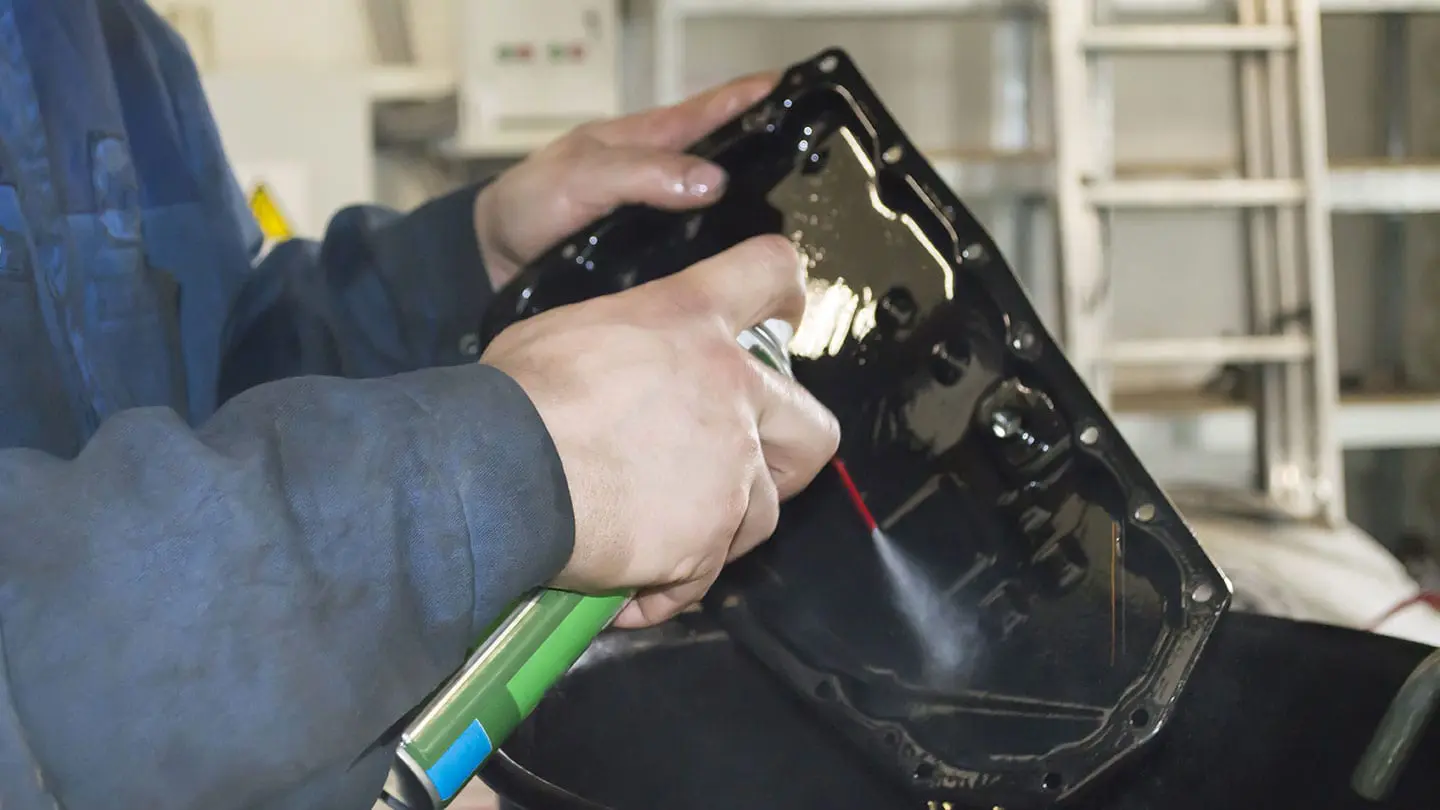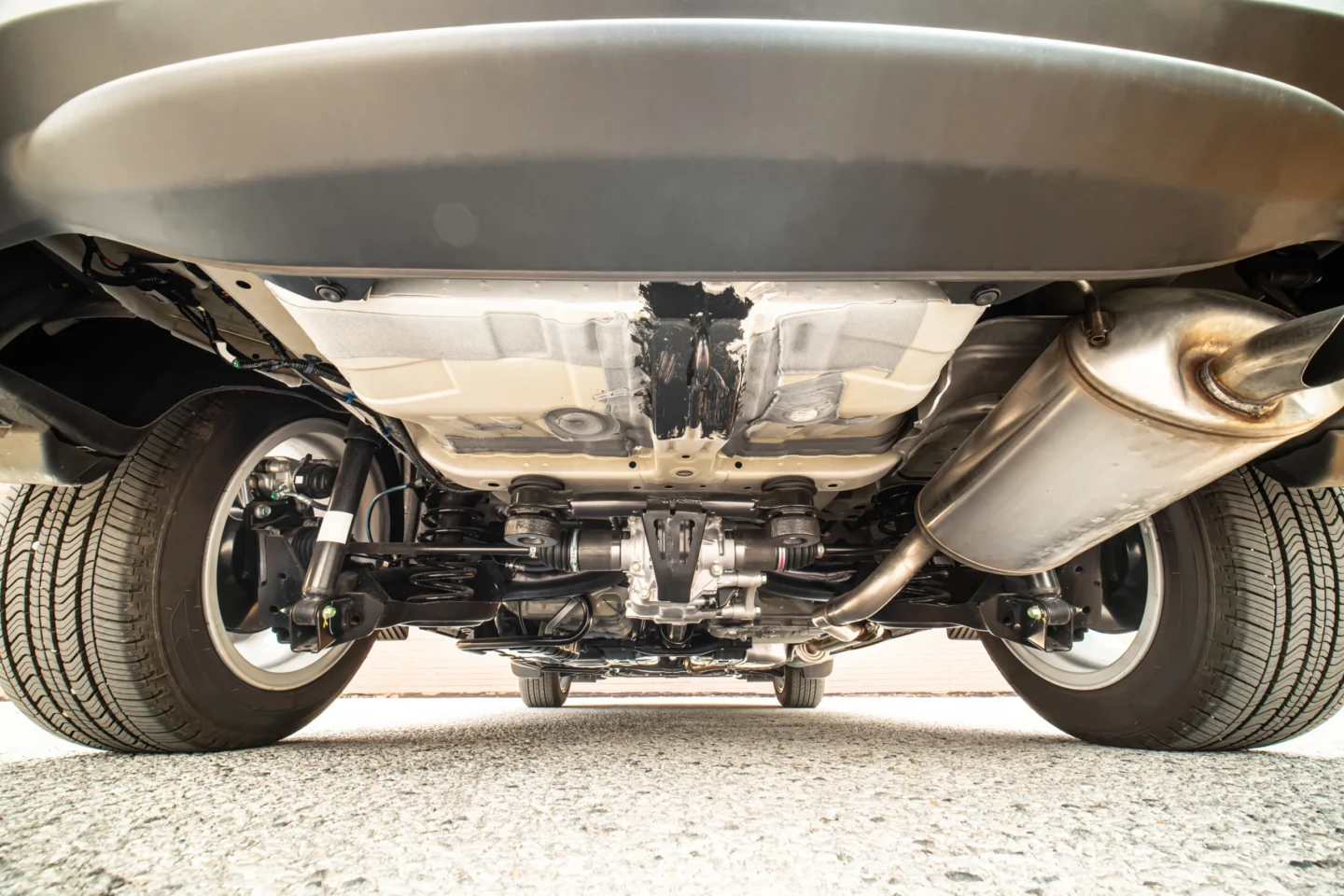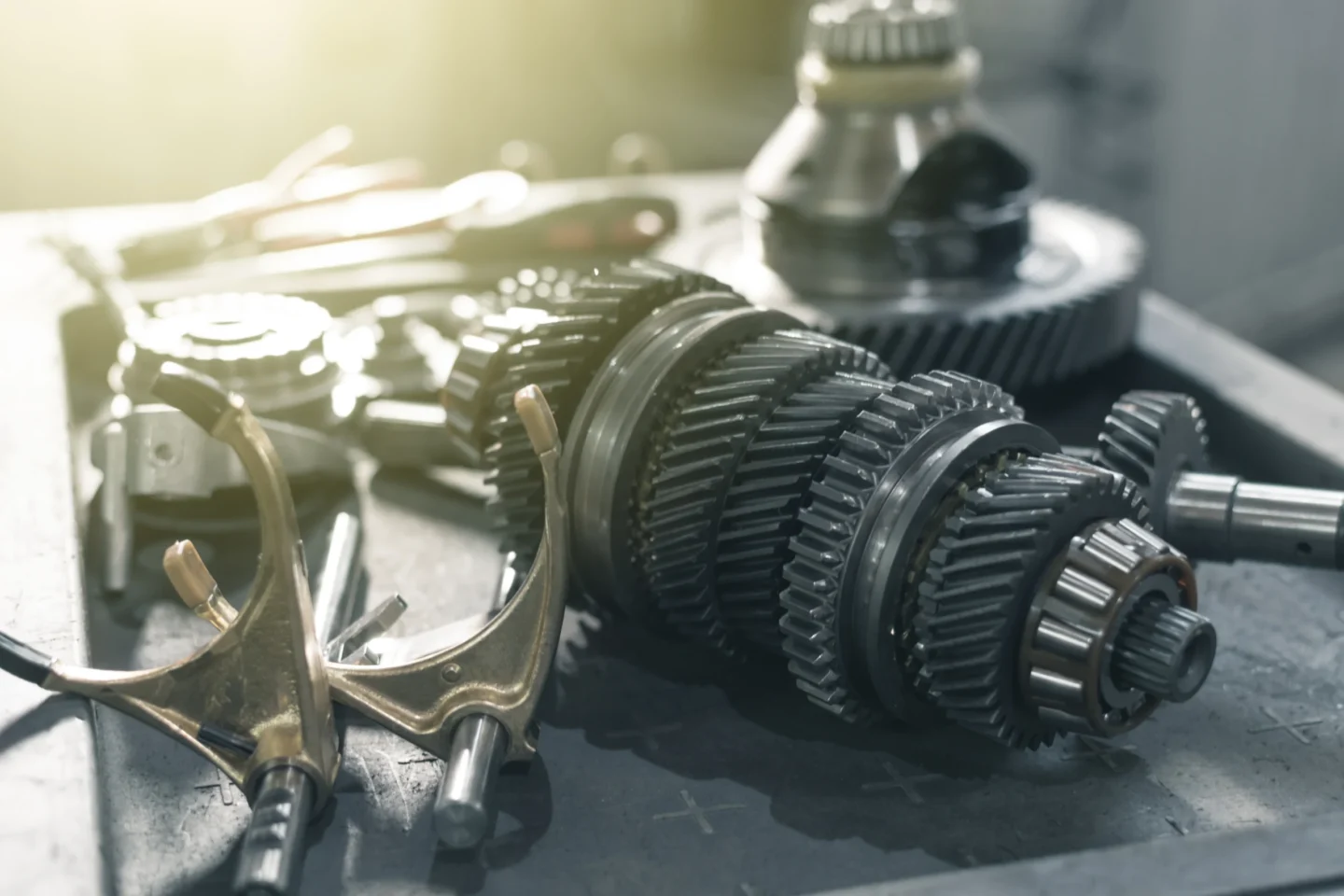The Definitive Guide To Your Transmission Pan Collinsville, Illinois.
Here at Marshall’s Transmission Service in Collinsville, Illinois, we specialize in preventative maintenance, repairs, and transmission rebuilds. Our service menu includes automatic transmission fluid flushes and changes, and we can replace the transmission pan on any imported or domestic vehicle. We also diagnose transmission problems such as rough shifting, automatic transmission fluid leaks, and difficultly getting into gear.
Most auto manufacturers recommend performing a full transmission service every 30,000 miles, although the actual mileage varies with each make and model. This transmission service includes removing the pan, draining out the ATF, installing a new OEM pan and gasket, and refilling the ATF.
While nothing can completely prevent transmission problems, sticking with the maintenance schedule for your car, van or truck can go a long way towards keeping your vehicle in good condition. To help you understand what a pan is and why it’s important to change it periodically, we’ve prepared this quick guide:
What is a Transmission Pan?
The transmission pan is a square or rectangular-shaped part that holds about half of the automatic transmission fluid in a vehicle. It’s made of cast aluminum or stamped steel, and the gasket that connects the pan to the transmission is made of silicone or natural rubber.
Because the pan is located on the underside of the vehicle along the bottom of the transmission, it can be damaged by loose rocks, debris, and curb strikes. The pan is also vulnerable to rust, especially in areas where road salt is used.

Common Causes of Transmission Problems
Low transmission fluid is the most common cause of transmission problems. If your transmission doesn’t have enough ATF, the gears won’t be properly lubricated and that can lead to metal-on-metal conditions between the gears.
Another issue that can lead to poor transmission performance is dirty transmission fluid. Despite the fact that your automatic transmission is part of a sealed system, the ATF can break down due to harsh operating conditions such as towing a trailer, driving in stop-and-go traffic, or driving in hilly areas.
When your ATF breaks down it becomes thicker than it should be, and that can lead to poor responsiveness, a burning smell, slipping gears, and odd sounds such as creaks, grinding, and whining. If the issue is serious, the check engine light on your dashboard may illuminate.
Leaking Pan Gasket
One of the most common causes of low ATF is leaks from the gasket that connects the pan to the transmission housing. Over time, the pan gasket can become brittle and cracked, which can lead to automatic transmission fluid leaks.
How Do You Change a Transmission Pan?
If your pan gasket is worn and leaking, or if the pan itself is rusted, you may need to have it replaced along with the pan gasket.
To change the pan and gasket, all of the automatic transmission fluid needs to be drained out by either removing the drain plug or loosening the pan. Once the AFT in the pan is drained, the entire area is thoroughly cleaned to ensure a good seal between the new gasket and the transmission housing. The new gasket and pan are then installed by torquing the bolts in accordance with the manufacturer’s recommendations.

The transmission repair technician will then top up the ATF, start the vehicle and verify there are no leaks around the pan.
The pan is usually removed and replaced as part of the regular maintenance schedule of any vehicle equipped with an automatic transmission.
Can An Old Pan Be Re-Used?
While it’s technically possible to re-use a pan, it’s not recommended.
Because pans are constructed of relatively thin metal, there’s a good chance that your current pan has weak spots from rock strikes or rust. These pans can also warp from excessive heat or when they’re removed, making it impossible to achieve a good seal when installing a new pan gasket.
Given that the transmission pan is a critical part of any automatic transmission, replacing the pan as part of a transmission fluid change service is the best way to prevent costly transmission problems down the road.
Have Transmission Problems? Call Marshalls Transmission Service
When you need fast, accurate solutions to your transmission problems, call us here at Marshall’s Transmission Service. We’re the top transmission repair shop in Collinsville, IL, and we’re proud to offer military and first responders discounts. We’ve earned an A+ rating from the Better Business Bureau, and back all of our transmission repairs with our 12-month, 12,000-mile guarantee.




